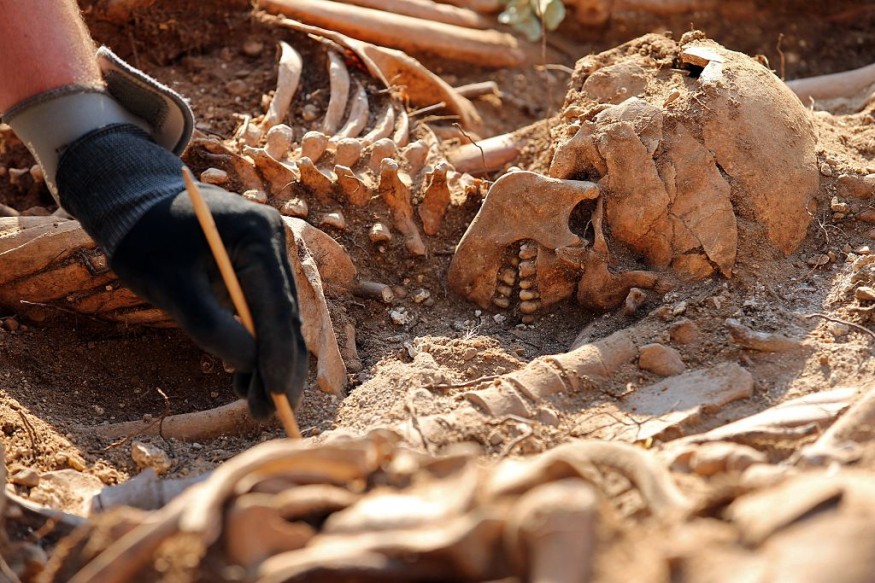Archaeologists discovered the 1,400-year-old skeletal remains of a headless horse and its presumed rider at an ancient cemetery in Germany.
The research suggests that the decapitated horse was part of a burial ceremony rather than a sacrifice for the deceased man.
Furthermore, the archaeologists found other skeletal remains of humans at the cemetery-believed to be a burial ground of elite members of the Merovingian kingdom.
Discovered Remains from the Merovingian Dynasty

Archaeologists found the skeletal remains of a man buried 1,400 years ago near a headless horse at an ancient cemetery in the town of Knittlingen, Germany.
Archaeologists estimated the man was buried during the Merovingian dynasty (A.D. 476-750), which ruled a vast area of what is now Central Europe and France.
After the fall of the Roman Empire in A.D. 476, the Merovingian kingdom had risen with its own social and political structure consisting of Franks and Germanic tribes, as per German Culture.
Merovingian monarchs are known to the redistribution of conquered wealth, including material and land, to their followers, as per Britannica.
Buried Wealth Indicate Social Status of the Deceased
The specific status of the man found at the ancient cemetery is not entirely clear, but archaeologists' research indicates that he did not belong to the common social hierarchy.
According to Folke Damminger, an archaeologist from the Stuttgart Regional Council's State Office for Monument Preservation and in charge of the research site, "He stood in a 'chain of command' with the Merovingian kings on its top, which meant he was obliged to participate in the king's campaigns," cited by Live Science.
Damminger added the man was probably the head of a farming household, but necessarily a farmer. It is not clear why the man was buried near the headless horse.
The decapitation was likely part of a burial ceremony and was meant as a wealthy 'grave good' rather than a sacrifice for the afterlife, says Damminger.
The archaeologists at the site also discovered another human remains within the ancient cemetery. The excavation of the area shows the other skeletal remains of humans buried wealth with them.
Some of the graves include a gold brooch, while some of the men were buried with weapons and warfare equipment like arrowheads, lances, shields, and swords.
The discovery of additional human remains buried with jewelry and weapons indicates that they belong to elite Merovingian nobles and warriors, as per ABC News.
Further Research and Excavation of the Site
The archaeologists excavated and examined more than 110 graves at the ancient cemetery which clearly house members of the local Merovingian elite. These discoveries further proved that the wealthy grave goods buried with the human remains indicate their social status.
The archaeologists will continue their investigation on the headless horse buried with the man and excavation of other burials at the site.
They have also secured the artifacts and skeletal remains found at the site for further study. The excavation is expected to conclude by early 2022, as per NBC News.
Related article : 1700-Year-Old Cemetery Discovered Along China's Silk Road
© 2025 NatureWorldNews.com All rights reserved. Do not reproduce without permission.





